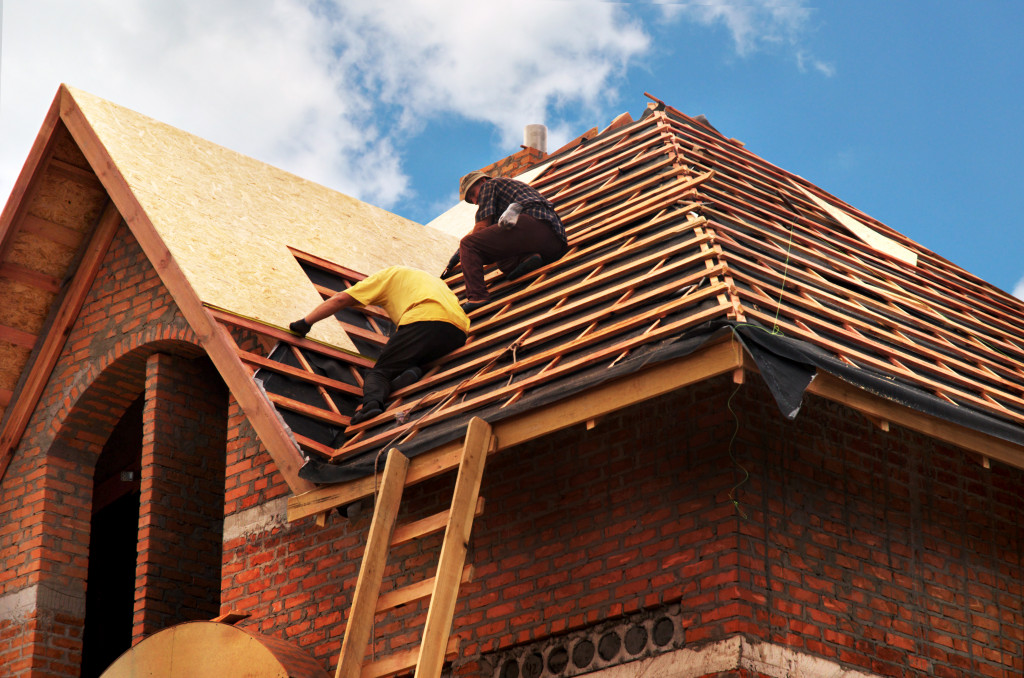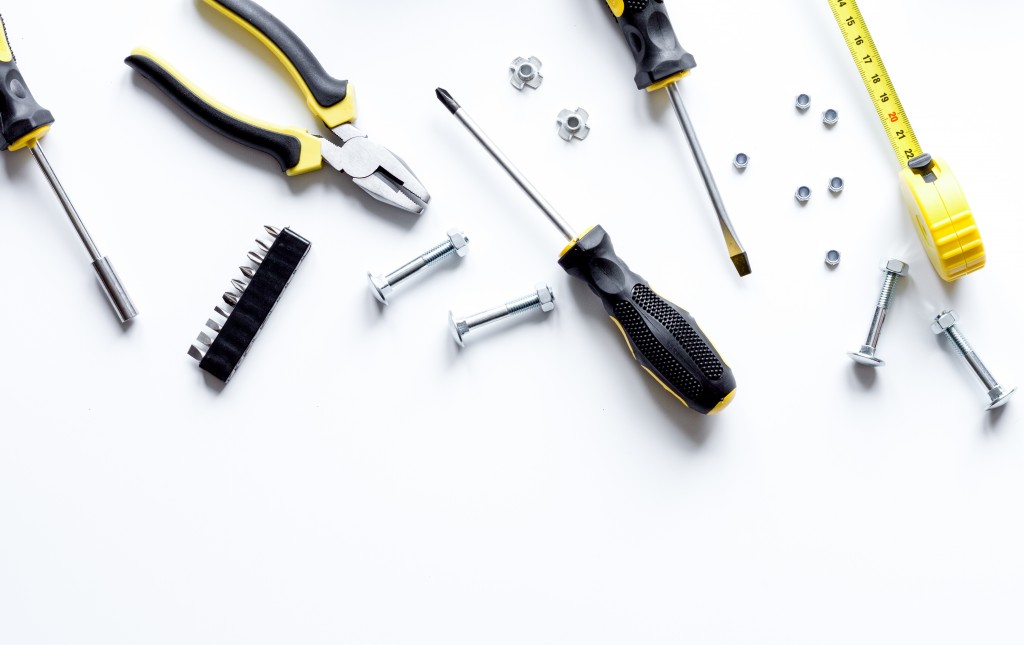If you’re presented with an offer to buy an old home and seduced by its charming looks and seemingly bargain price, it’s important to know the issues you are most likely to encounter.
Problems that arise from owning an old house will affect your budget significantly. For your own peace of mind, have a surveyor look over the property and let you know what you’re in for before you consider signing the dotted line for purchase. Here are some of the most common problems that you may have to spend on when it comes to owning an old house:
-
Poor heating
Old houses often have poor or no insulation, especially in the attic. Also, you need to watch out for gaps that are not insulated between the floorboards and foundations. This brings heating issues, even in the house has a good roof. Even if you managed to install the insulation and had the air leaks filled, heating will still become a struggle if the house is using an old radiator system. Chances are, you will have to have the boiler replaced or arrange for heating under the floor, which means having the pipes fitted.
-
Leaky roof
Old roofs are prone to leaking because of deteriorating conditions that make it less watertight. You can already tell the condition of the roof from the outside — loose flashing, cracked tiles, missing shingles, sagging gutters, and crumbling cement. The problem intensifies once you look inside. Check for water stains on the floor, moisture in the loft insulation, timbers turning rotten, and cracks on the roof where sunlight can pass through.
Roofs can be repaired, but if the problem is really that bad, you’re better off calling for professional roof replacement services. A roofer will be able to tell you if repair or replacement is the best course of action.
-
Faulty pipes
Old houses were mostly outfitted with pipes made of lead or lead was used to solder copper pipes. By this time, the pipes would be deteriorated already and beyond the powers of repair. Most probably, you will have to replace the original pipes. If the pipes somehow managed to remain mostly intact after 50 years, you will still find issues with rusting and leaky faucets. In the worst-case scenario, you will have to spend on new pipework.
-
Electric hazards

Just like pipes, electrics deteriorate with age, which makes an old home prone to serious fire hazards. You will have to spend on repairing or replacing faded light switches and dated plug sockets and fuse boxes. Electricity is something you don’t do on your own, so you will have to call in an electrician to survey the problem. The renovation is likely to cost you full re-wiring of the house.
-
Dry rotting
When timber becomes damp through the years, it causes fungus to settle in, which leads to wood decay. A lot of old houses are made of wood that was not kiln-dried, causing it to retain lots of moisture. This causes dry rot, which cannot be fixed by resolving the dampness alone. When the rot settles in on doors, window frames, and floorboards, you have to remove them and have them replaced. A full home survey will determine the extent of a dry rot problem and then you have to shell thousands for professional removal and repairs.
-
Foundation and structure problems
Zigzag cracks, sloping floors — these are some signs that a house has a serious foundation or structural issue. The usual solution is underpinning, which involves digging down and filling gaps with concrete to make the foundations stable. This alone already costs thousands of dollars. A more modern fix is injecting resin polymer into the problem areas. If you have to go for underpinning, prepare to pay for a structural engineer to do an assessment.
-
Mold and mildew
Poor ventilation and excess moisture lead to the formation of mold and mildew in old homes. You need to call in a professional to determine the source of the problem, which range from cracked renders to leaking pipes. The exterior of the house has to be examined from the top down. Windows frames and cavity walls will also be checked to see if these are the cause of moisture. If you’re lucky, you will only need minor repairs. If not, you will have to spend for damp-proofing.
Old houses, especially heritage houses, can be very lovely. If you happen to inherit it or you’ve been eyeing to buy one, you have to be aware of the cost of its maintenance.



